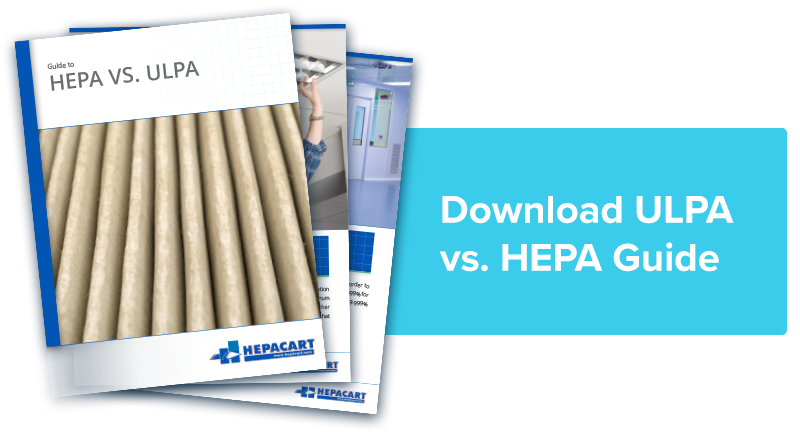The HEPACART™ team is dedicated to offering the best, modern, proven dust containment technology. Our portable dust containment carts were designed and manufactured with the highest standards at every turn.
But the negative air machines, filtration, and construction that we use today was not the first - and will not be the last - iteration of dust containment. In this post we want to take a look back at some of the containment methods from which today's technology evolved.
Early Dust Containment Methods
If you have any familiarity with the history of infection control, it should come as no surprise that dust containment is quite new to the medical arena. Although infection control in terms of germ theory was implemented in the 19th century, it wasn't until the Joint Commission passed new hospital regulations in 2003 that required better control of airborne contaminants that dust control really came into play.
In other industries, dust control has been an integral part of operations for many years. For instance, in manufacturing settings, some processes were kept damp (such as grinding flint on a wheel) in order to prevent dust from filling the air - and lungs - of workers. Other industries, such as pharmaceutical clean rooms and electronics manufacturing, have been using major air filtration systems, including HEPA and ULPA filters, for decades.
In construction and renovation projects, dust control has always been a concern to some extent. No homeowner wants to return to a newly renovated home to find a layer of dust and debris on their furniture and countertops.
Of course, because renovated homes are rarely high risk environments, so basic methods like plastic sheeting and post-construction cleaning were acceptable. Hanging plastic sheeting and using negative air machines was the most advanced in dust containment technology at hospitals until recently.
Modern Dust Containment
Modern dust containment needs to be more effective and more efficient in order to be appropriate for healthcare environments. That was what inspired the creation of portable dust containment units from HEPACART™. The units provide a high level of filtration with HEPA tested filters as well as negative air machines (on many models) and they are extremely portable, minimizing the time contractors have to spend setting up containment systems.
Ultimately, dust containment technology innovation will not stop here. In the coming years we are sure to see many more developments that allow everyone from contractors to infection control nurses to feel even better about containment and patient safety.
